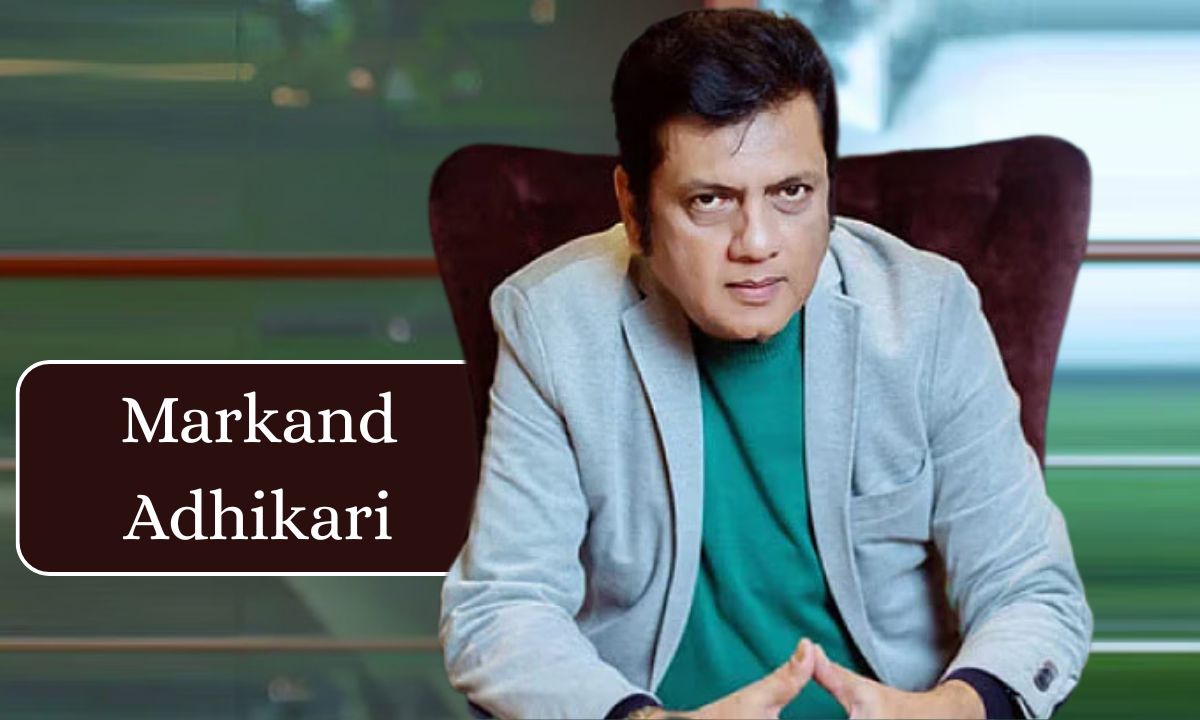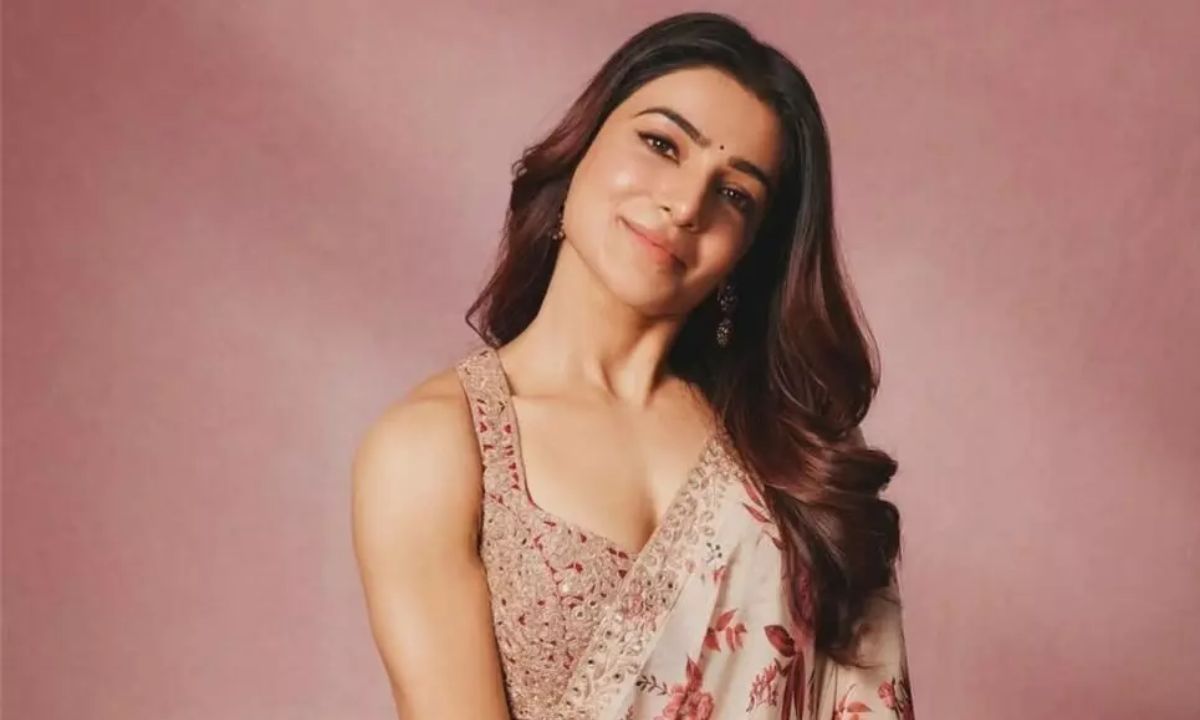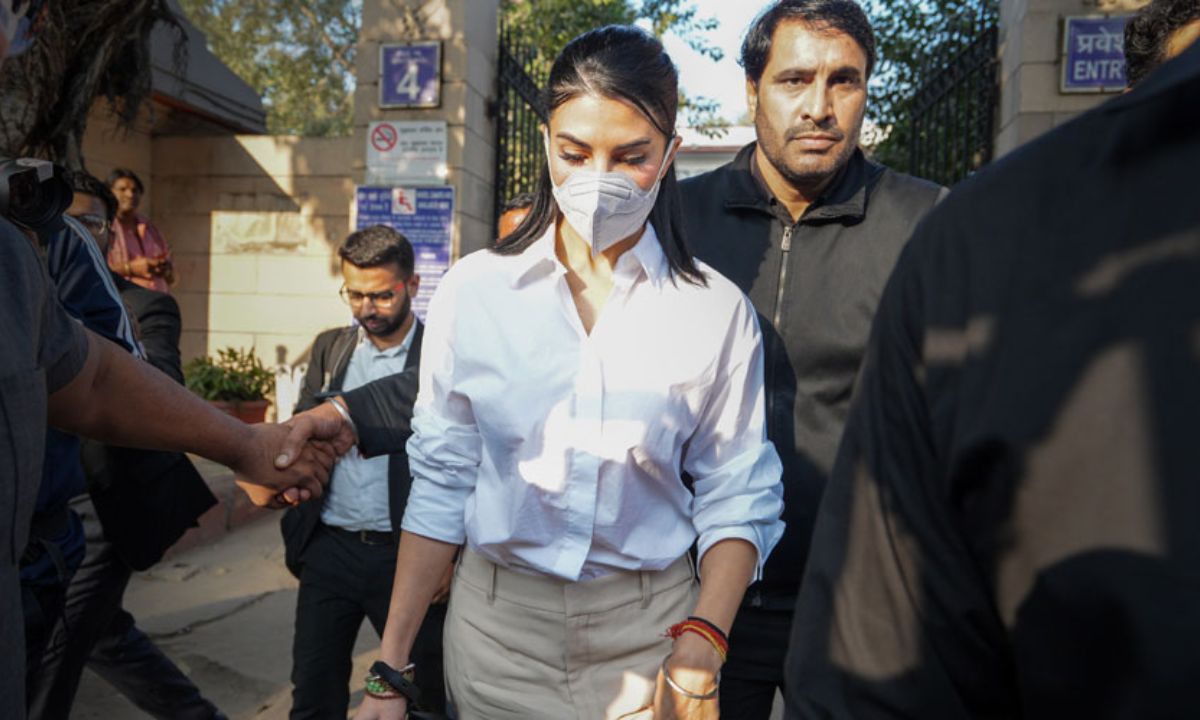Industry veteran Markand Adhikari opens up in a candid conversation with Dr. Annurag Batra, sharing how India’s media world is transforming—from TV to OTT, Bollywood to regional, and what lies ahead for creators and consumers alike.
A Media Man Who’s Seen It All
From Doordarshan days to today’s digital streaming era, Markand Adhikari, Chairman & MD of Sri Adhikari Brothers Group, has had a front-row seat to Indian media’s evolution. He was the first to take an Indian media company public—and decades later, he’s still as plugged in as ever.
In a chat with BW Businessworld’s Dr. Annurag Batra, Adhikari breaks down where the industry is heading and why the old rules no longer apply.
“OTT Has Turned TV Into Just Another Screen”
According to Adhikari, the last 10 years have completely disrupted traditional television. Families no longer plan their evenings around prime time shows.
“TV is now just another screen. OTT has removed all time limits. People watch what they want, when they want.”
But this convenience comes at a cost—too much content. He says the market is flooded, and while some shows are great, most aren’t memorable.
Hit or Miss? “Nobody Really Knows”
What kind of content works today? Even Adhikari admits—no one has a perfect answer.
“It’s the audience that decides. Bollywood doesn’t have a winning formula anymore. Just look at Pushpa—Allu Arjun, a South star, is now the biggest name nationwide.”
Pushpa earned ₹2,000 crore globally, ₹850 crore just from the Hindi belt. That’s audience loyalty you can’t fake.
Bollywood’s Big Fat Budget Problem
Adhikari strongly criticizes the unrealistic costs in Hindi cinema.
“Actors charge ₹100 crore and travel in private jets, but most films can’t even recover marketing costs.”
He suggests India follow Hollywood’s model—pay actors based on box office success, not huge upfront fees.
Why South Indian Films Are Winning
He praises South Indian cinema for giving audiences value-for-money, immersive experiences.
“They get viewers to the theatres. Bollywood is struggling because it lacks realism and relatability. OTT shows offer that now.”
OTT: Lifeline or Liability?
OTT has helped keep many films alive, but Adhikari questions its business logic.
“They pay ₹50 crore for a movie that only earns ₹20 crore in theatres. That’s not sustainable.”
He also points out that Indian viewers are hesitant to pay monthly subscriptions, making revenue recovery difficult.
Good Content? “Feel the Pulse of the People”
Adhikari believes content success comes from instinct, not formulas.
“You have to be connected to the masses. Only then can you create stories that matter.”
He praises small digital creators who are making a real impact, even if they’re a minority.
Why He Quit the News Game
Adhikari once owned the news channel Janmat (later Live India), but chose to exit. While he still feels the energy of news media, he says:
“Revenue wasn’t worth it. Financially, it was the right call.”
TV Isn’t Dead—It’s Just Different Now
He believes traditional TV still thrives in smaller towns and rural India.
“DD Free Dish reaches more people than any DTH. In tier 2 and 3 cities, channels like Masti are still favorites.”
Nostalgia and familiarity are keeping TV relevant for a large audience.
Can Doordarshan Make a Comeback? “Yes, It Can”
Adhikari is hopeful about Doordarshan’s digital push.
“Their reach is unmatched. With good storytelling and quality, DD can be powerful again.”
Media Stocks: A Tough Sell
According to Adhikari, media stocks don’t reflect their true value anymore.
“Ad revenue is now split between 200 players—including YouTube and Facebook. That’s a tough market.”
With subscriptions not really working in India, many are returning to free platforms like DD Free Dish.
Regional Content: No Longer ‘Regional’
He strongly believes the future lies in regional storytelling.
“South, Marathi, Gujarati films are winning awards and hearts. People want content in their own language—it connects deeper.”
Big Players Are Changing the Game
With giants like Jio and Reliance entering the space, Adhikari says media consolidation is coming.
“These corporates can take financial risks. That’ll bring stability for content creators. Smaller players may merge or vanish.”
YouTube: The Silent Disruptor
Adhikari calls YouTube the world’s largest OTT platform.
“It’s taken a big chunk of ad revenue from TV. Cheaper and more targeted, it’s where advertisers are headed.”
So What’s Next for Indian Media?
The future is digital—but uncertain. Adhikari believes every entrepreneur must adapt fast.
“There’s no single roadmap. But being flexible is key. Whoever adapts wins.”
“Picture Abhi Baaki Hai”
Despite the chaos, Adhikari is optimistic. With his next generation stepping in, he believes content will continue to evolve—and thrive.
“The story isn’t over. Change brings opportunity. No matter the screen, content is still king.”








